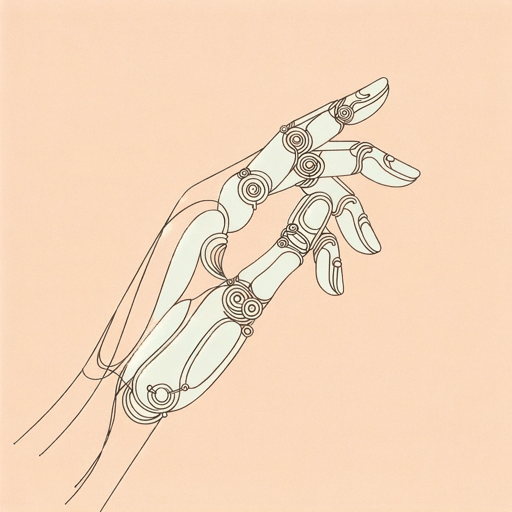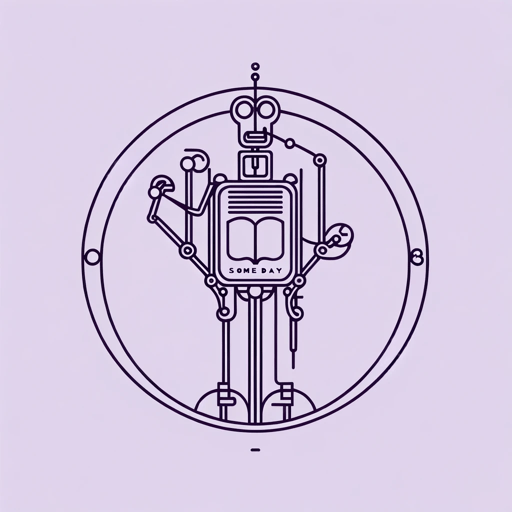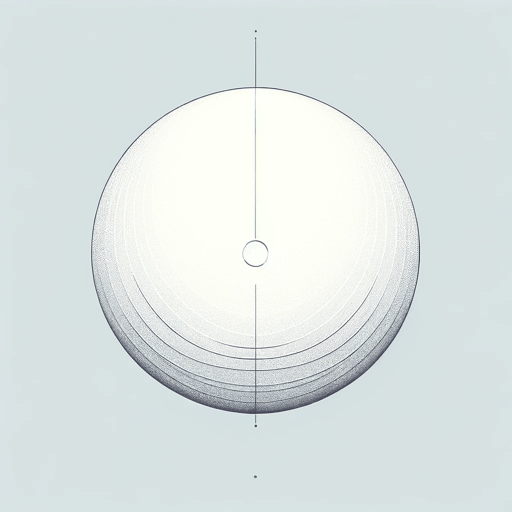58 pages • 1 hour read
Isaac AsimovThe Caves of Steel
Fiction | Novel | Adult | Published in 1953A modern alternative to SparkNotes and CliffsNotes, SuperSummary offers high-quality Study Guides with detailed chapter summaries and analysis of major themes, characters, and more.
Literary Devices
Juxtaposition
Juxtaposition is an implied comparison or contrast. Isaac Asimov uses juxtaposition throughout The Caves of Steel to show the conflict between supposed opposites. For example, Lije’s descriptions of the City come shortly before those of Spacetown. Asimov uses these descriptions to highlight the benefits of Spacer life and underscore the need for a change to Earth’s living situation. The repeated use of juxtaposition also supports the thematic dualities in the novel, technology versus tradition and human versus machine. The constant comparisons Lije makes between himself to Daneel highlight the weaknesses and strengths of each, allowing the reader to draw conclusions about commonality and superiority.
Anecdote
Anecdote is using an interesting story, event, or recollection to support a central theme or point. Asimov uses anecdotes to develop characters and themes in The Caves of Steel. Lije’s brooding often centers on past instances in his life or stories Jessie has told him—these small anecdotes illuminate Jessie and Lije’s nature. The story of Jessie’s name is central to her identity. Lije’s memory of running the strips shows his sense of daring and curiosity. The anecdote about the Barrier Riots underscores the theme of
Related Titles
By Isaac Asimov

Foundation
Isaac Asimov

Foundation and Empire
Isaac Asimov

I, Robot
Isaac Asimov

Rain, Rain, Go Away
Isaac Asimov

Robot Dreams
Isaac Asimov

Someday
Isaac Asimov

The Fun They Had
Isaac Asimov

The Gods Themselves
Isaac Asimov

The Last Question
Isaac Asimov

The Ugly Little Boy
Isaac Asimov

